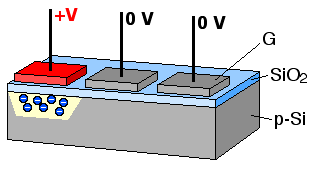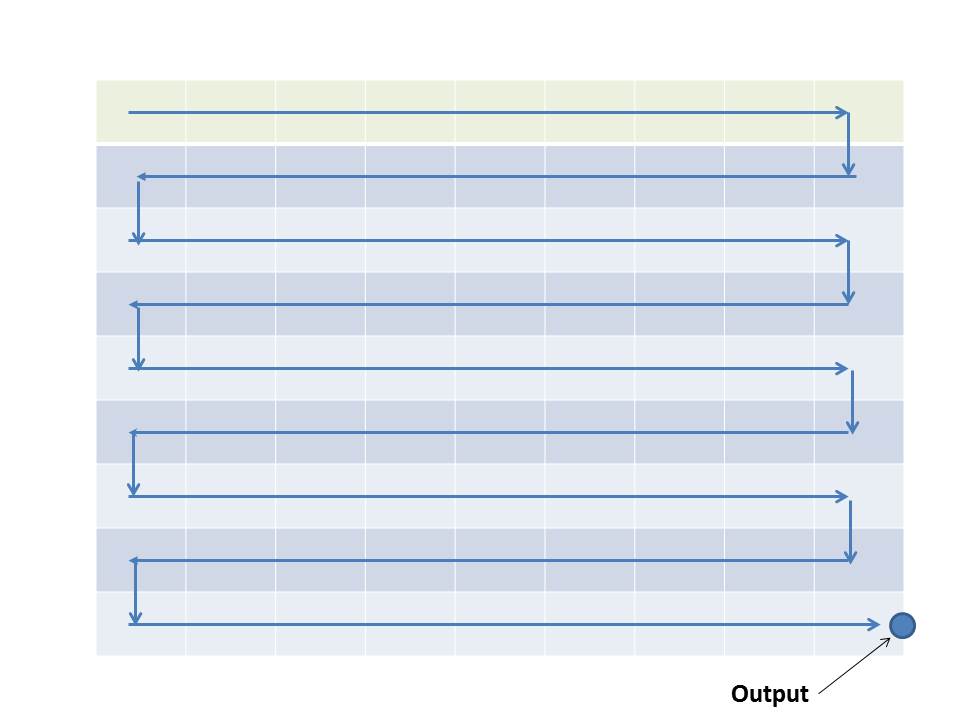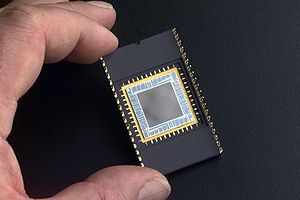
Figure 1 – Charge transfer in a CCD array. By Michael Schmid from the Wikicommons and under creative commons license.
The real secret of a charge coupled device is how it uses programmed voltages to shift the stored charge between pixels. This is illustrated schematically in Figure 1. Once the exposure is complete. The device systematically shifts the charge from pixel to pixel until it reaches the readout point. This is accomplished as shown in the animation by taking a pixels voltage to zero which allows it to transfer to the adjacent pixel held at a voltage V. The process, illustrated in Figure 2 is not unlike a “bucket brigade.”
By the way, I think that you can see the advantage of using a shutter on a CCD camera. It protects the sensor from light while it is in the process of reading out.
At the output the accumulated charge acts as a voltage. A device known as a analogue to digital converter (A/D) converts this voltage to a digital signal. Significantly the signal is analogue up until this point, when it becomes digitized.
There’s a lot to talk about regarding CCDs. However, let’s focus for now on two points, just to give a flavor.
- As charge is transferred between pixels there’s a little slop over, just like spilling water in a bucket brigade. As a result the readout process introduces a source of noise in the signal. This means that the amount of charge transferred per pixel is variable because of the readout, in addition to all the other reasons that it can be variable.
- The dynamic range of the device, that is the number of grey levels that it can be divided into is defined, not by the number of bits in the digitizer, but rather by the number of electrons. We discussed many months ago the concept of photon counting noise. This is controlled by the number of electrons in the well, by the well depth.
You can also see that I am very focused on sources of noises. This is what it’s all about. If you want to know how sensitive of CCD is, or if you want to discuss proper exposure, or dynamic range, or ISO you’ve got to worry about what physicists and engineers call the signal-to-noise ratio.
But for now, we are getting ahead of ourselves. And I’d like finally to show you a typical CCD sensor array, which is shown in Figure 3.


